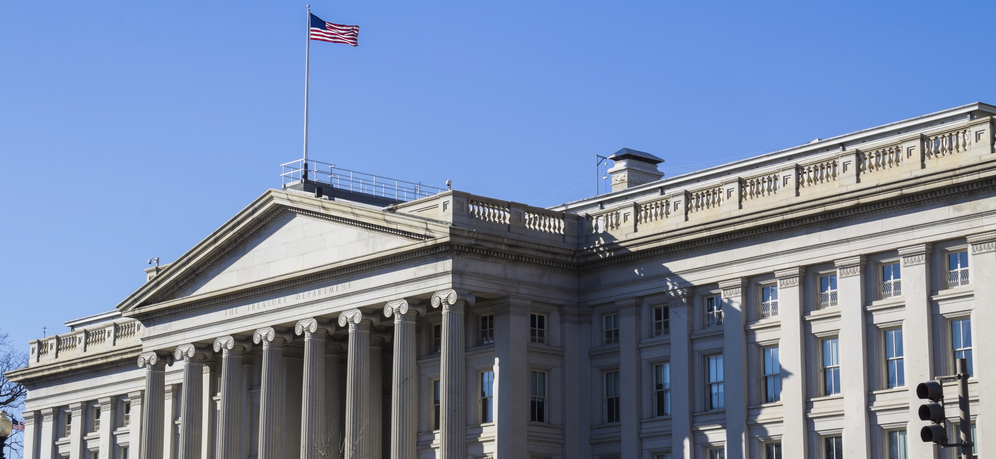The U.S. Federal Debt is the total amount of money – plus interest – taxpayers owe to the people who buy government treasury bonds after the Congress and President have borrowed it to pay for government spending. Limited government borrowing, when done in moderation and used for smart purchases, gives Americans the basic tools to build a more prosperous nation.
Our national highway system is an example of government borrowing done right. The money for the freeways that connect Americans with each other and wire our economy together came from government borrowing. And there was a clear plan for repayment: Fuel taxes paid by those who drive on these roads pay off the debt borrowed to build the roads.
A lot of government borrowing and spending isn’t so thoughtful. Sometimes, rather than create tools for all Americans to prosper, such as roads, the federal government tries to purchase the success by giving money to politically-favored corporations. One example of this is Solyndra, an energy company that took more than a half billion dollars from the federal government, and then went bankrupt in 2011 without ever repaying the taxpayers.
Today, the federal government annually spends more than $44,000 for every household of four in America, and a lot of that is borrowed money. Compare that with the median household income of around $51,000.
The total federal debt is now more than $17.3 trillion. This is more than $150,000 for every taxpayer in America – enough to buy most of us a decent middle class home. This problem has been growing very sharply worse. Ten years ago, in 2004, the debt was just over $7 trillion, or less than $70,000 per taxpayer.
Unlike the good bargain of building the highways, a lot of this massive government borrowing and spending isn’t improving our lives or economy. The median income of American households has gone up by less than 20 percent over the last decade, not even keeping pace with inflation. But government debt has shot up by more than 140 percent.
Businesses use borrowing to make strategic investments, be it for start-up capital, purchases of new machines, new buildings or the like. These new machines and buildings require people to work with and in them. Responsible business borrowing is a major source of job creation.
But money is not a limitless resource. So when government borrows and spends so much more of it so quickly today, it will eventually crowd out the money available for business investment tomorrow. Excessive government borrowing and spending literally steals jobs from our future.



